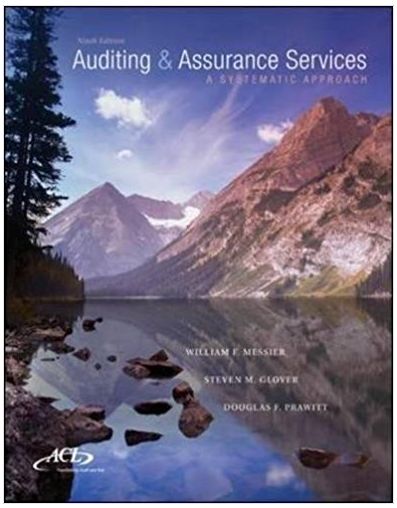Question
Question 1 part b 25 points for part (b) ABCD company is an office equipment company that produces two types of desks: standard and deluxe.
Question 1 part b
25 points for part (b)
ABCD company is an office equipment company that produces two types of desks: standard and deluxe. Deluxe desks have oak tops, more expensive hardware, and require additional time for finishing and polishing. Standard desks require 80 square feet of pine and 10 hours of labor, while deluxe desks require 60 square feet of pine, 18 square feet of oak, and 16 hours of labor. For the next week, the company has 5,000 square feet of pine, 750 square feet of oak, and 400 hours of labor available. Standard desks net a profit of $150, while deluxe desks net a profit of $320. All desks can be sold to national chains shops.
Instructions:
If the spreadsheet and Excel Solver results are given to you as follows (see Table 1 below), address the following questions:
- What are your Binding Constraints?
- What is your Optimum profit [hint: maximized profit]?
- What are your slack values for Pine, Oak, and Labor?
- Looking at the Shadow prices, how much would the objective profit increase by if you were to increase labor hours by 50?
- If the optimum solution for standard desk stays the same, but deluxe desk numbers increased, what would be your estimated deluxe desks in this case? Would you recommend this option? Why? Hints: Notice that by increasing labor hours by 50, the S stays as an original optimum solution given in the information of Solver, but D will increase. The question is asking you to find how much the objective profit would go up and what would be the estimated number for D [calculated from your constraints. Decimal number is accepted].
- What would be the changes in objective profit $, if we increase the Pine by one unit and the Oak by one unit, i.e., Pine available=5001 and Oak available=751.
- What % of available Oak can be reduced without it affecting the current (given) optimum solution?
- What % of available Pine can be reduced without affecting the current (given) optimum solution?
- How much should the standard desk unit profit of $150 be increased by in order for Standard desks to be produced (i.e. become a positive number)?
Given results after developing the excel LP and Solver:
Excel program
|
| Standard | Deluxe | Availability |
| Pine | 80 | 60 | 5000 |
| Oak | 0 | 18 | 750 |
| Labor | 10 | 16 | 400 |
| Profit/unit | $150 | $320 |
|
| Number produced | 0 | 25.0 | Total (per week) |
| Profit contribution | $0 | $8,000 | $8,000 |
|
| Amount Used |
| Pine | 1500 |
| Oak | 450 |
| Labor | 400 |
Solver Sensitivity Report:
| Variable Cells |
|
|
|
| ||
|
|
| Final | Reduced | Objective | Allowable | Allowable |
| Cell | Name | Value | Cost | Coefficient | Increase | Decrease |
| $B$21 | Number produced Standard | 0 | -50 | 150 | 50 | 1E+30 |
| $C$21 | Number produced Deluxe | 25 | 0 | 320 | 1E+30 | 80 |
Solver Constraints
|
|
| Final | Shadow | Constraint | Allowable | Allowable |
| Cell | Name | Value | Price | R.H. Side | Increase | Decrease |
| $B$25 | Pine Amount Used | 1500 | 0 | 5000 | 1E+30 | 3500 |
| $B$26 | Oak Amount Used | 450 | 0 | 750 | 1E+30 | 300 |
| $B$27 | Labor Amount Used | 400 | 20 | 400 | 266.6666667 | 400 |
Step by Step Solution
There are 3 Steps involved in it
Step: 1

Get Instant Access to Expert-Tailored Solutions
See step-by-step solutions with expert insights and AI powered tools for academic success
Step: 2

Step: 3

Ace Your Homework with AI
Get the answers you need in no time with our AI-driven, step-by-step assistance
Get Started


